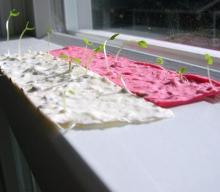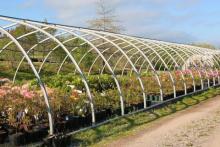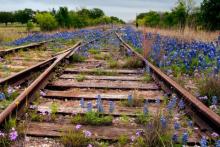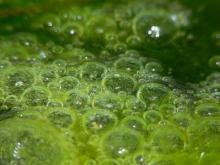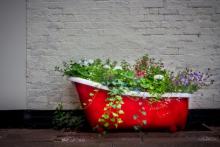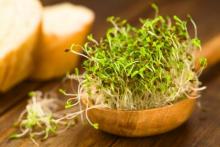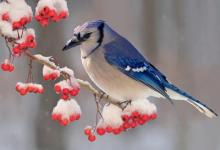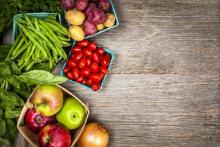How to Make Plantable Seed Paper
Seed paper is more than just fun to make: It's eco-friendly. It's a great way to give back to the earth. After all, paper is made from trees. It seems only right to return paper to the earth so it can grow new life again. The best part about making seed paper? It's relatively easy.

